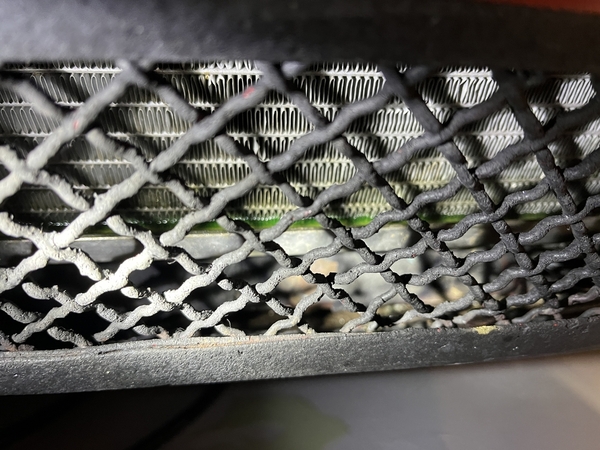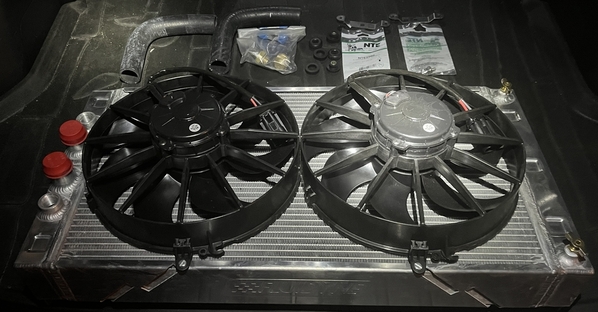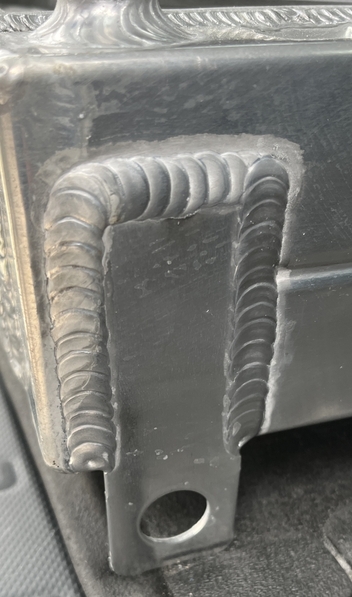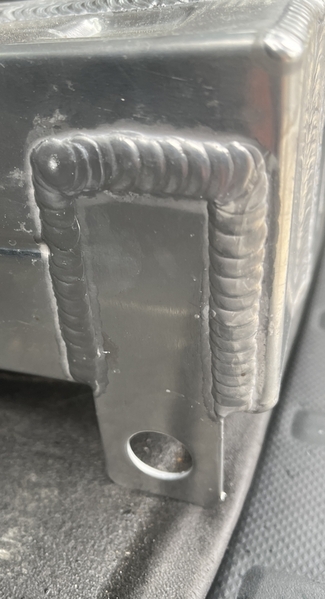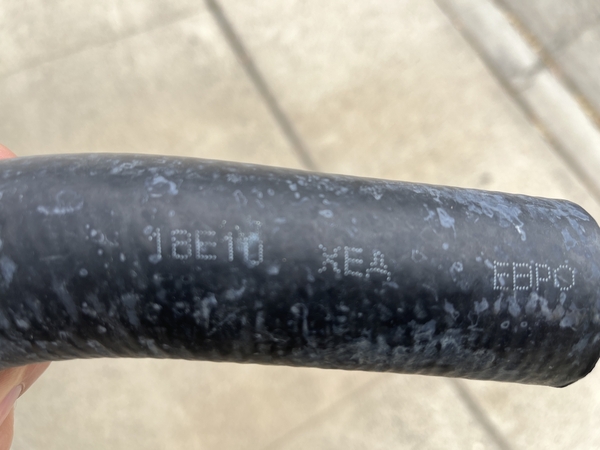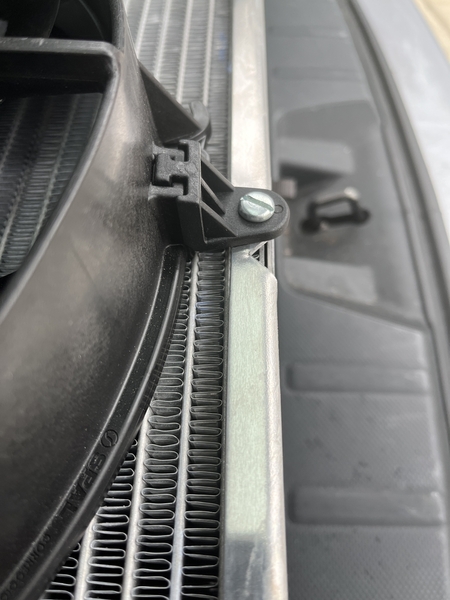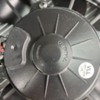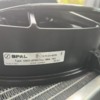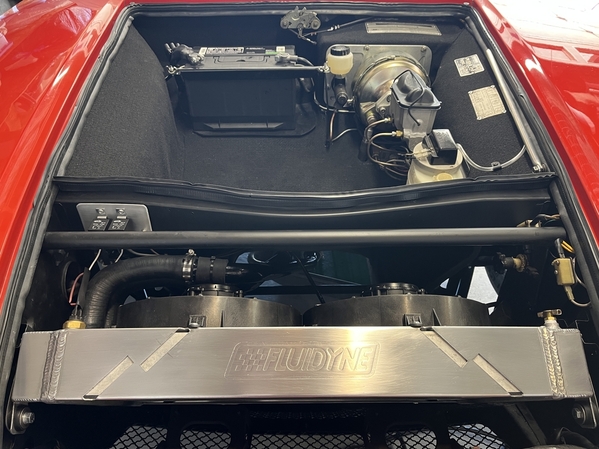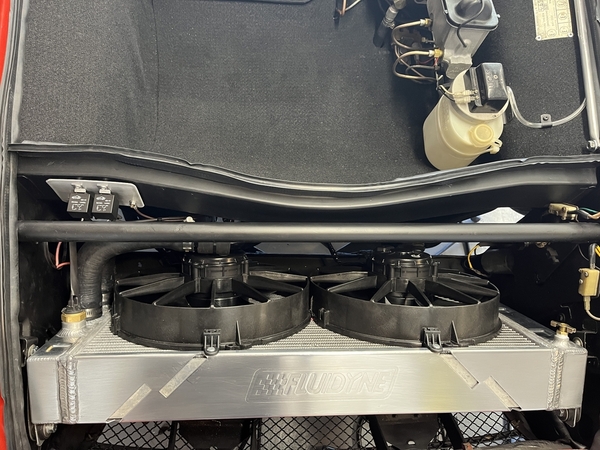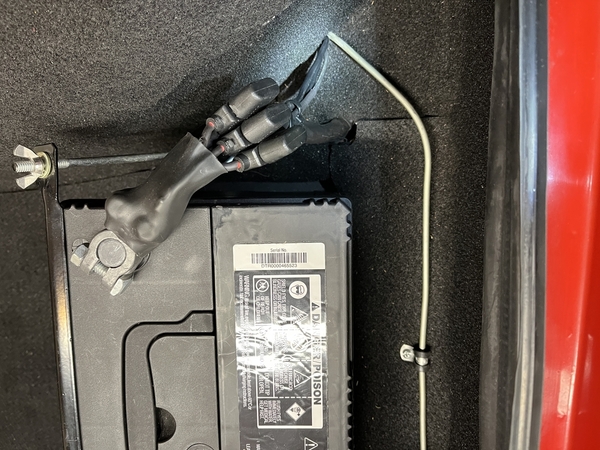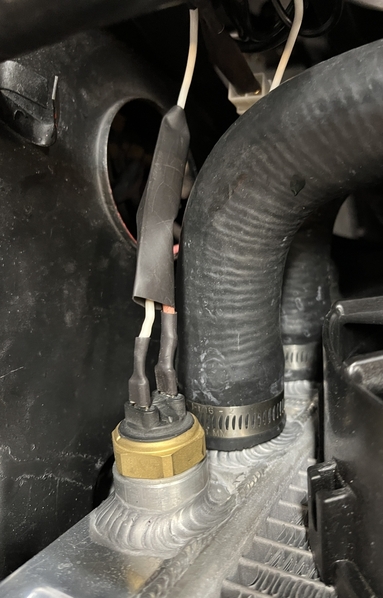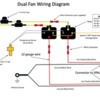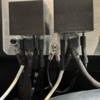It looks like the core is leaking. I cannot find leaks at the tubes. Should I just replace it? It is at least 20 years old.
Replies sorted oldest to newest
Is it an original FIM unit Steve? I had mine redone by a local rad. shop. That was 30 years ago and it's still going strong.
It is an aluminum radiator from Dennis Quella in Colorado. I don't think these can be redone. Advice anyone?
Just my 2 cents, but I don't care for Al. radiators. I know everybody runs them and lays them down. Gary Hall was a brass rad. proponent. My original unit cools my car fine with replacement fans.
Call www.pantera-electronics.com you wont regret it the radiator is great and the fan controller is the cat's behind.
I have 1 in a car that I am restoring and the system works .
I have had five Panteras with the following radiators:
1. Hall Phoenix (copper) - Worked great. Heaviest radiator imaginable.
2. Fluidyne five row with shrouded puller fans. Works great, still have it.
3. Stock radiator with upgraded fans - Worked great, better than I expected. Sold the car and new owner drove it home 300 miles on the hottest day of the season without a problem.
4. Stock radiator with stock fans - Works great, current owner of the car is suspicious yet continues to use it. It's an original Pushbutton car and I keep encouraging him to stay with it. When I talk to him next I may suggest he keep the radiator, upgrade the fans, and put the originals in a box.
5. Pantera Performance Colorado - Works well except that it is leaking. Has an integrated shroud and fans. Made by Ron Davis. It runs a little hotter than I think it should but temp is okay. This is the one that is currently leaking and I would like to fix it if possible. Suggestions are welcome.
Steve, here's a link to read: https://www.ffcars.com/threads...tor-is-leaking.6531/
a good radiator shop can fix some leaking AL radiators. I've fixed one of the Ron Davis radiators from Denis a few years ago.
Both aluminum and brass rads can leak. With aluminum, its often simple corrosion from using overage antifreeze or plain tap water without some sort of extra anti-corrosion additive. No-Rosion is used by quite a few Pantera owners and some shops sell rads with it included, but it doesn't last forever. A sacrificial anode is also sometimes used. So repairing a corroded rad is usually a core replacement, only re-using your tanks.
Reason is, some areas of the U.S. have tap water that's as corrosive as mild acid! I've seen high quality aluminum rads fail in less than a year in such areas. Swimming pool shops sell cheap pH test paper; if your water is below pH 7, it will dissolve aluminum. There are inhibitors in antifreeze but they also get used up fast in some locales.
Racers also have to contend with track bans on antifreeze since a crash often dumps antifreeze on the track, and antifreeze reacts with hot asphalt to produce a permanently slick spot that does not clean up. But Water-Wetter and No-Rosion in plain water are both track-accepted.
And there's more to engine cooling than simple heat transfer of aluminum vs brass. Aluminum rads have tubes that are 3-6X larger than is possible with brass rads. Those huge tubes move a LOT more coolant than brass and often fix a persistent overheat problem without changing water pumps or lines. Corvettes, Z-28s and V-8 Firebirds, besides most foreign performance cars have used aluminum rads since the '60s.
Always thought it was Interesting that the way to go was a Aluminum Rad. because it was lighter then Brass Rad. Both cooling well. But Aluminum is lighter! Then We all have to have a Front Spoiler/Splitter because front end lift at higher speeds. Wouldn't the Heavier Rad. up front Help with front end lift?
The thermal conductivity of Copper is nearly twice that of aluminum meaning a better material to use. I agree with you that the Aluminum Pantera radiator was someone's idea of saving weight. I know the big auto manufacturers went to it to do that as well as cost. That's why the Hall Copper rad is $1700, the Brassworks is $1900, and a nice GT40 copper rad is $2500. Some of the aluminum rads are also epoxied, not welded.
I pulled the radiator, pressure tested it, and did not find a leak. My hunch is that the silicone elbow at the inlet began to leak. Access and visibility in that area is limited. I will finish reassembly in the morning and I am hoping it will stay sealed.
FWIW, I personally never use silicone hose for anything because it unzips itself under pressure if nicked even slightly. Instead I used 1-1/2" OD sweat-solder 90 degree copper fittings from a plumbing supply shop, with short straight pieces of 1-3/8" Gates Green Stripe rad hose (heated in hot water to expand them a bit), to connect into & out of the rad and go around my Flexilite dual sucker-fan shroud.
I also used such a big copper fitting on the end of the underbody water transfer tube back where one comes close to the front of the engine & over to the header tank. No leaks in this century.
The inlet for the Ron Davis radiator is located at the bottom passenger corner of the radiator and the silicone elbow barely fits. I would have to cut metal out of the car to get a hard elbow into that location. I will give it one more try for a good seal. Everywhere else on the car is Gates Green Stripe straight hose.
Bosswrench - do you have any pics of your copper fittings as installed? I just bought a Fluidyne rad and flex-a-lite fan/shroud assembly so it would be helpful to see your setup! Thanks!!!
Just went to Halls website. Their radiator is $1650.00 Wow. Not too long ago they were $500.00.
Actually not true. I have Gary's 1989 - 1992 catalogs and they were $650 then. The Brassworks unit with fans is $2000.
Everything is back together and the leak is gone. I have taken the car out on two drives and everything stayed sealed. It looks like the silicon elbow was the problem. I made some minor changes to it when I reinstalled it. It is slightly shorter now and the hose clamps are positioned for easier access and maintenance should it start to leak again.
Congrats. Love it when a plan comes together.
@panterapatt posted:Actually not true. I have Gary's 1989 - 1992 catalogs and they were $650 then. The Brassworks unit with fans is $2000.
I stand corrected....I paid $625.00 in 2017. Found the receipt.
It was $800 or $900 last year. I was going to get one, but not at that price it was too much.
Must be Covid pricing then
@stevebuchanan posted:Everything is back together and the leak is gone. I have taken the car out on two drives and everything stayed sealed. It looks like the silicon elbow was the problem. I made some minor changes to it when I reinstalled it. It is slightly shorter now and the hose clamps are positioned for easier access and maintenance should it start to leak again.
Well, that was optimistic of me. The coolant leak in the radiator core reappeared after the two or three hour round trip to Full Throttle Pantera's open house. Thus, I went ahead and got a new radiator, fans, thermostats, mounting grommets, diodes, elbows, etc. My plan is to replace the current the current radiator with this:
Attachments
Hi Steve - I bought the same radiator from Summit - as received, the brackets are bent over. Just curious if the brackets on yours are bent over or straight?? Also - do you have any info on your hoses in the pic (part number?)? Thanks!
what fans are you using?
Rob, no damage to brackets on mine. The labels on the elbows are gone but there are numbers stamped on them.
Rick, they are Spal fans. Details are in the photos below.
Attachments
Thanks Steve! Summit is sending me another rad (third try). They are also calling Fluidyne to get root cause for bent brackets.
Probably dropped somewhere in handling. that kind of sucks.
- New Fluidyne radiator
- New Spal fans
- New relays and fan switch thermostats. Inlet switch turns one fan on/off at 78/73C. Outlet switch turns the other fan on/off at 82/77C.
- New wiring: Pair of 10g fused wires from battery to relays, all new wiring for relays, fan switches, and fans.
- New connecting hoses and two new tubes.
Attachments
Looks nice!
Steve - nice looking setup and job. Please detail the 10G fused main power wires for me? Where did you purchase? They run directly from the batt to the relay. Where did you power the relay on / off from? What relays did you purchase? Finally, how do the fans mount to the rad? Can you provide your part numbers for each component. Many Thanks - Lee
Why are there cutouts in the top rail of the radiator? Hard to tell from the photo, but the fan blades should be 1" from the radiator core for maximum efficiency, they can't pull air if too close.
Julian,
The cutouts in the top rail are from Fluidyne. I think they are cosmetic. The fans are screwed directly to the top and bottom rails, and the housings are essentially sitting on the core. The blades are about 1/2" away from the core. This is how Wilkinson sets up the Fluidyne with Spal fans.
Lee,
This diagram is similar to the way I wired the system. They use one thermostatic switch while I used two with different heat values.
The 10 gauge wire is from Autozone and is an 8 ft roll. It was plenty. The wires are routed in the wheel well.
The fuse holders and relays are from Amazon. https://www.amazon.com/dp/B017...uct_details&th=1
https://www.amazon.com/dp/B081...dt_b_product_details
The relays are powered by the pink wires that previously powered the fans. The pink wires go to the switches, then white wires go from the switches to the relays. The thermostat switches turn the relays on/off. See photos below. I got the radiator, fans, thermostat switches, and rubber elbows all from Wilkinson.
In the photo above the fans are grounded to the studs that were for the original relays. You can also see a rivet that grounds the relays to the mounting plate. The white wires go the thermostat switches.
Attachments
Very nicely done Steve. Many thanks. Update us on how the rad. works out.
I am curious what your all's thoughts are on having the back of the rad. enclosed in an entire housing/shoud with just the fans exposed. I have seen several posts over the years of people building a full shroud for the back of the radiator with just the fan openings not only the Pantera but other ford powered cars such as how HP mustangs, etc.. Is there any data on this?
Without a full shroud enclosure, the fan will only pull the air directly in front of the blades. Radiator surface area outside the fan’s diameter will not “see” any (maybe a little) of the fan’s air movement.
At highway speeds this is, of course, of little to no concern. But in stop and go traffic, the Achilles’ heel of a Pantera cooling system, you want to actively pull air through ALL of the radiator surface.
Larry
But how many people have said shroud?
Buy a Ron Davis radiator and fan assembly from Dennis Quella and you will get a shroud built around two Spal fans.
Larry
Flexilite has long sold a dual-fan plastic shroud that fits a stock rad core or an aluminum rad upgrade. I think Maradyne sells virtually the same rig thru Pantera vendors. Fans are not normally needed at road speeds over about 35 mph, only around town. Biggest problem I found, aside from initially using too-small (10" OD) fans is, my home-made aluminum shroud restricted airflow thru the rad at very high speeds.
In a test on Judy's and my favorite 70-mile straight desert highway at a sustained speed of 150 mph for 10 minutes, my too-small shroud consistently caused water temps to slowly climb towards 250F (from 210F) until we slowed down. Then temps returned to normal. Using a Flexilite plastic shroud with bigger 12" fans & larger openings in a later test run, that didn't happen @ 150.
Some OEM rad shrouds use small flexible rubber blow-aside flaps to compensate for higher speed air flows. Honda Civics are an example. At low speeds, fan suction keeps the flaps sealed to the shroud, but high speed ram-air blows them open as req'd. Owners would have to fabricate such flaps for a Pantera or Mangusta shroud. I've not done this personally as I seldom exceed 140 mph anymore, at my age.
Another item that is often overlooked is; shrouded fans do not need a baffle between the fans if they turn on and off at the same time but if they turn on and off at different times, you need a baffle to separate the fans. Otherwise, when the first fan turns on, it simply pulls air through the other fan’s opening, not through the rad.


